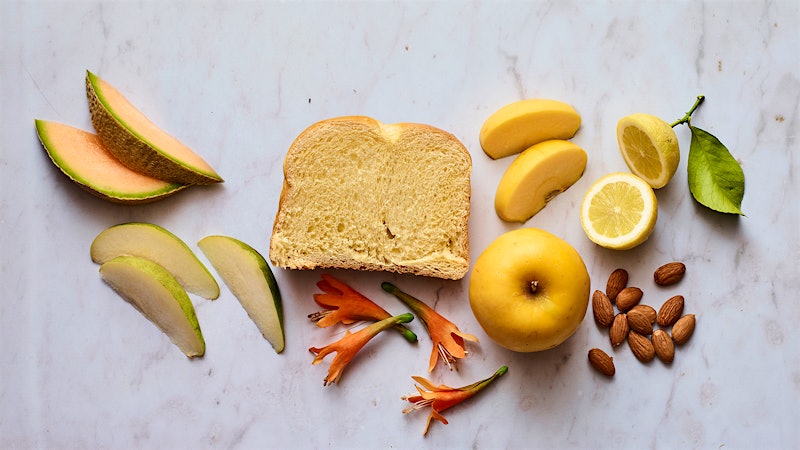[san-joe-VAY-zay]
Characteristics
The name Sangiovese comes from the Latin sanguis Jovis, meaning "blood of Jove." Its color mirrors its etymology: The wines range from brick red to copper-tinged, and can be quite concentrated. Although the grape is originally from southern Italy, the central region of Tuscany boasts the best Sangiovese wines in the world. It is the most widely planted grape variety in the country.
A late-ripening variety that grows best in marl and sandstone soils, Sangiovese yields tannic wines with high acidity, which can sometimes make them difficult to approach in their youth. However, the best are incredibly complex and long-lived. Their flavor profile tends toward cherry, plum and red currant, but can also be savory in character, showing earth and mineral notes, and spice like cardamom.
Where it's grown

Sangiovese icons
- Brunello di Montalcino:
- Chianti Classico:
Suggested food pairings
- Homemade meatballs
- Ribollita Da Delfina
- Pasta Bolognese
- Pepperoni pizza
- Lamb ragù
For more on Sangiovese
Get scores and tasting notes for recently rated Sangioveses












